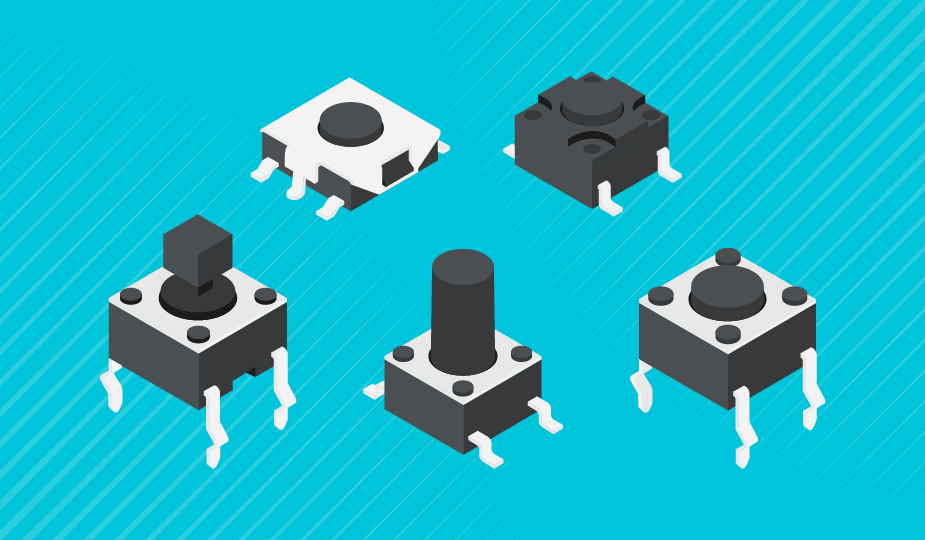
In challenging environments where dust, moisture, chemicals, and constant use are the norm—not the exception—standard switch technology often falls short. Buttons stick. Contacts wear out. Systems fail when you need them most.
For engineers and system designers, the solution lies in a new generation of switches engineered for extreme durability. And among the top contenders? Piezo switches for harsh conditions—solid-state marvels built to survive and thrive where others break down.
Here’s why these rugged switches are becoming the gold standard for high-demand applications across industries.
What Makes a Switch “Durable”?
Durability in switch design goes beyond just resisting breakage. It includes:
- Resistance to water, dust, and dirt (IP-rated sealing)
- Ability to endure extreme heat or cold
- Protection from corrosion due to chemicals, salt, or UV exposure
- Withstanding mechanical impact or vibration
- Functioning reliably across millions of cycles
The reality is, most traditional switches can’t check all these boxes. But piezo switches can—and do.
Solid-State Strength: The Power of Piezo
Unlike traditional mechanical switches that rely on moving parts and internal contacts, piezoelectric switches use a solid-state design. When the user presses the surface, a piezo element inside generates a small electrical signal—instantly and without physical wear.
Piezo switches for harsh conditions are built without springs or levers, which means:
- No moving parts to wear down
- Zero chance of moisture intrusion through mechanical gaps
- Consistent performance even after millions of activations
- Fast response times and precise input detection
That’s why they’re the go-to solution for mission-critical systems where failure isn’t an option.
When the Environment Works Against You
Some use cases simply demand more from every component—switches included. Consider:
- Food processing facilities where daily washdowns are routine
- Outdoor kiosks exposed to rain, wind, and extreme temperatures
- Marine vessels operating in salty, corrosive environments
- Public infrastructure that faces high usage and potential vandalism
- Industrial machines constantly subjected to shock and vibration
In all of these settings, conventional pushbuttons wear out quickly or require protective enclosures that add cost and complexity. Piezo switches, on the other hand, are inherently rugged and built to operate without compromise in these same scenarios.
Sealed, Sleek, and Sanitary
The flat, sealed design of piezo switches not only makes them tough—it also makes them ideal for clean environments. With no crevices or moving parts to trap debris or bacteria, they’re easy to sanitize and maintain.
This is especially important in:
- Medical labs
- Pharmaceutical production
- Cleanrooms
- Commercial kitchens
By eliminating physical contact points where contaminants can hide, piezo switches support stricter hygiene and safety protocols with minimal maintenance.
Aesthetic Meets Functionality
Durability doesn’t mean clunky. Today’s piezo switches are often housed in brushed stainless steel or anodized aluminum, giving them a clean, modern look. They can be engraved, backlit, color-coded, and flush-mounted into panels for sleek user experiences that still meet industrial demands.
From industrial control rooms to sleek marine dashboards, these switches are proof that you don’t have to sacrifice form for function.
Long-Term Reliability Saves Time and Money
Frequent repairs and replacements eat into operational budgets and slow down productivity. By investing in longer-lasting components—like piezo switches—businesses can reduce downtime, lower maintenance costs, and improve long-term system reliability.
For remote systems, battery-powered applications, or environments where access is limited, this reliability is especially valuable. You want components that will continue to function—no matter what they’re up against.
Engineered for the Real World
When it comes to building systems that last, every detail matters. And while switches may seem like a small part of the equation, they’re often the most-used touchpoint in your interface. Choosing the right technology can make a measurable difference.
Piezo switches for harsh conditions are designed with the real world in mind—where mud, water, gloves, and pressure all coexist. They’re not just durable switches—they’re the dependable interface between people and machines in some of the toughest environments on Earth.